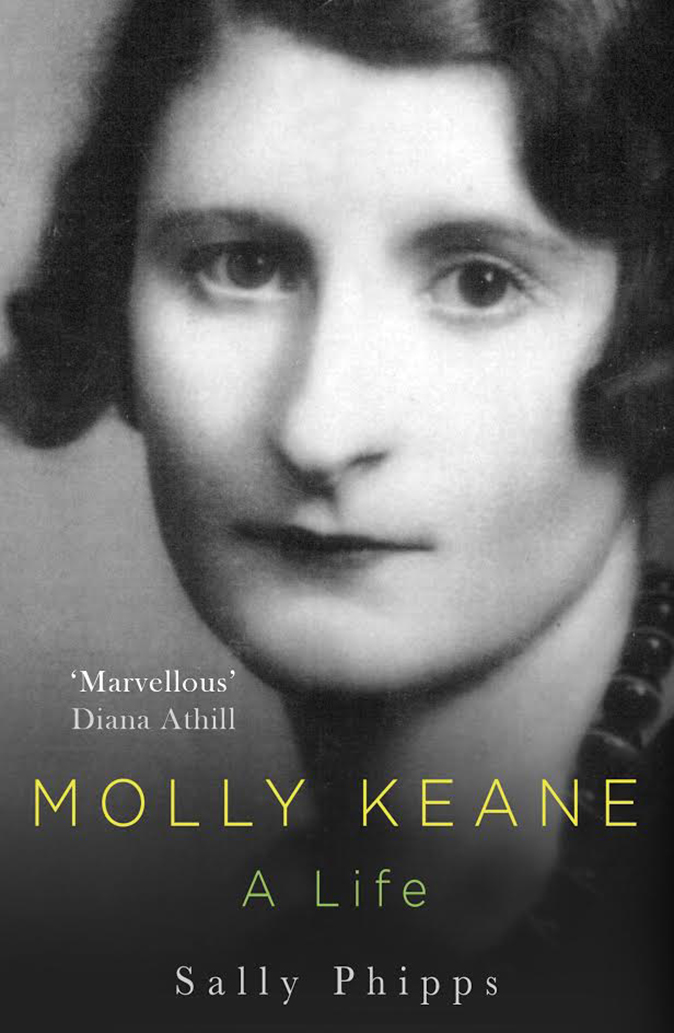Molly Keane: A Life by Sally Phipps: ‘As much like a novel as possible’
Caroline Jackson enjoys a portrait of the writer who deftly evoked the vanishing world of the Irish Ascendancy country house.


Biographies faithful to a currently unfashionable literary trajectory—the inelegantly labelled ‘womb to tomb’ narrative—often deliver disproportionate insight. Sally Phipps’s illuminating account of her mother’s life in the vivid, now vanished world of Ireland’s Protestant ascendancy is no exception. Turn straight to the index, as you should with any biography worth reading, and it’s clear. Under ‘Keane, Molly’, are three sections: ‘character’, ‘life’ and ‘writing’. The greatest, by a length, is ‘life’, reflecting her defining struggle to live to the limit while writing and to write about what she cared for above all else: living.
She was born in 1904 into what she termed ‘a rather serious hunting and fishing, church-going family’. Her English father, Walter Skrine, was a former colonial governor, fearless horseman and devoted husband. his wife, Agnes, was a poet of some renown (her Songs of the Glens of Antrim, published in 1901, outsold W. B. Yeats), but a remote, censorious mother, ‘who could not show love as Molly wanted it to be expressed’. The stage was set for rebellion and lasting grievance.
When Molly was five, the family moved from Co Kildare to a house named Ballyrankin, Co Wexford. Her childhood there is instantly recognisable from those so lyrically, often chillingly, evoked in her 14 novels—the first written when Molly was just 17 to supplement, so she claimed, her dress allowance.
By turns perfect and perilous, it was a world of no tomorrows, caught between the freedoms enjoyed by Ireland’s privileged, pre-independence landed gentry for whom hunting was ‘sacred’ and the constraints—social, political, economic and emotional—ushering them to extinction. ‘It did not do to be fat, slow, a bad horseman, a clumsy dancer, a vulgar dresser or a know-all.’ Amusement mattered. Insecurities abounded.
Molly was away at school when Ballyrankin House, like numerous ascendancy houses, was burnt down just days before the truce that led to the 1921 Anglo-Irish Treaty. Her parents stood in the garden and watched, declining to sit in the armchairs helpfully stationed by the arsonists. Demonstrating nerve, naïvety or both, they bought the adjacent property. Molly’s response reflected her lasting determination ‘to fight melancholy with domestic delights, human intimacy and glamour’ and betrayed intuitive understanding of the terminal paradox of her caste.
Abandoning a childhood in which she had always felt unloved, she attached herself to other households, finally settling for several years at Woodrooffe, the Tipperary home of Willie and Dolly Perry.
Woodrooffe was the ‘Big House’ that shaped Molly’s life. Fun, sophisticated and accepting, it blessed her with early love affairs—‘in those days it wasn’t done... but of course it was done’— and a lifelong friendship with the Perrys’ son, John, with whom she wrote four West End plays. All were produced between 1938 and 1961 by H. M. Tennent, London’s pre-eminent production company, run by John’s lover, Hugh ‘Binkie’ Beaumont (John’s sister was also bisexual and it’s noteworthy that Molly’s ‘lesbian novel’, Devoted Ladies, was successfully published in 1934, only six years after Radclyffe Hall’s The Well of Loneliness attracted an obscenity prosecution).
Exquisite houses, the beauty of Nature, and how to get the most from your life, straight to your inbox.
Molly’s early successes might have foretold her spectacular renaissance at the age of 77 when her 12th novel, Good Behaviour— subtle, blackly comic and unforgettable for the most deliciously toxic mother-daughter relationship ever written—narrowly missed winning the 1981 Booker Prize. The facts spoke otherwise. Following the sudden death of her beloved husband, Bobbie, in 1946, Molly struggled to write, hobbled by grief and guilt. Friendships proved her cure, sometimes her curse.
Her daughter’s incisive portrait of her ‘enchanting and troubled personality’ delivers real understanding—in both senses.
Country Life is unlike any other magazine: the only glossy weekly on the newsstand and the only magazine that has been guest-edited by His Majesty The King not once, but twice. It is a celebration of modern rural life and all its diverse joys and pleasures — that was first published in Queen Victoria's Diamond Jubilee year. Our eclectic mixture of witty and informative content — from the most up-to-date property news and commentary and a coveted glimpse inside some of the UK's best houses and gardens, to gardening, the arts and interior design, written by experts in their field — still cannot be found in print or online, anywhere else.
